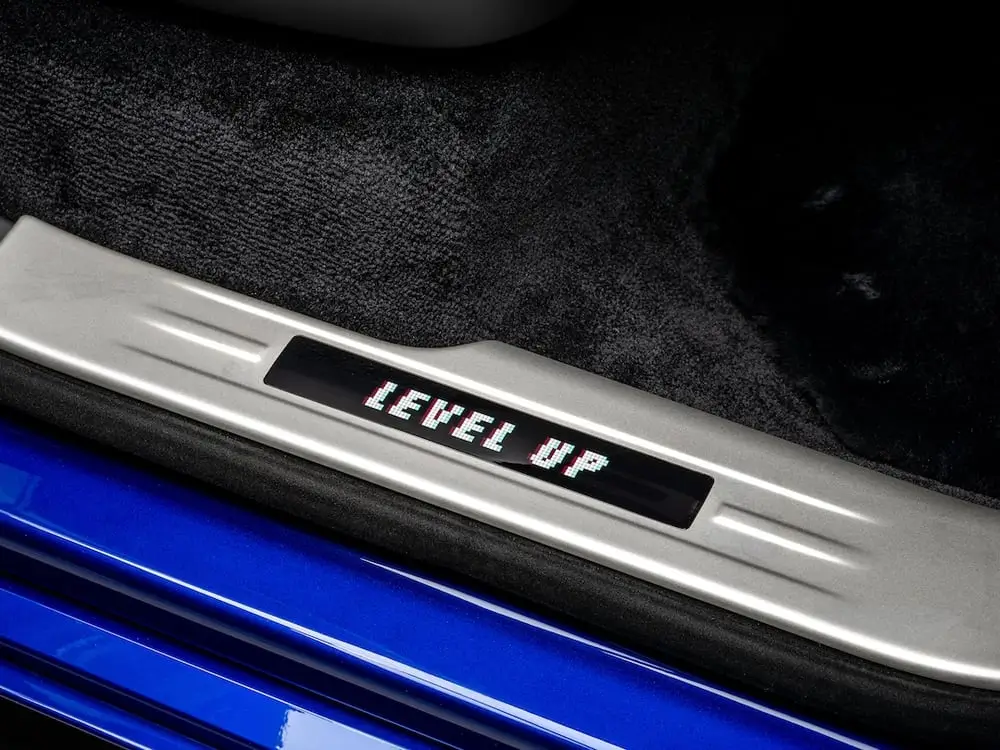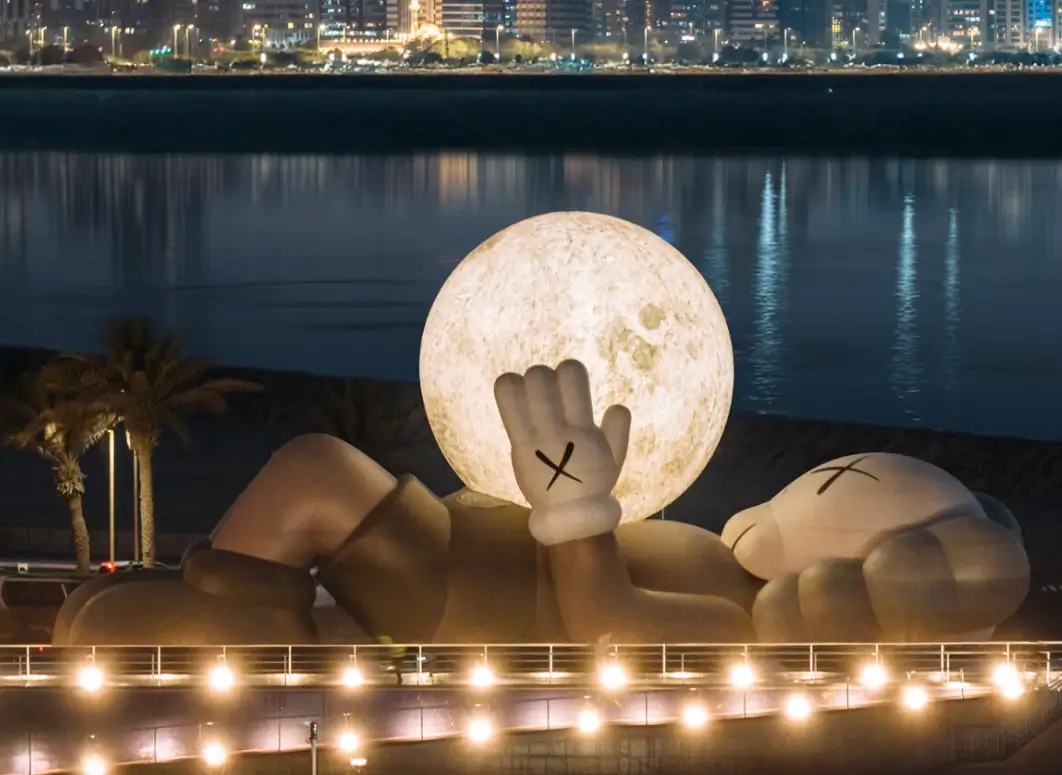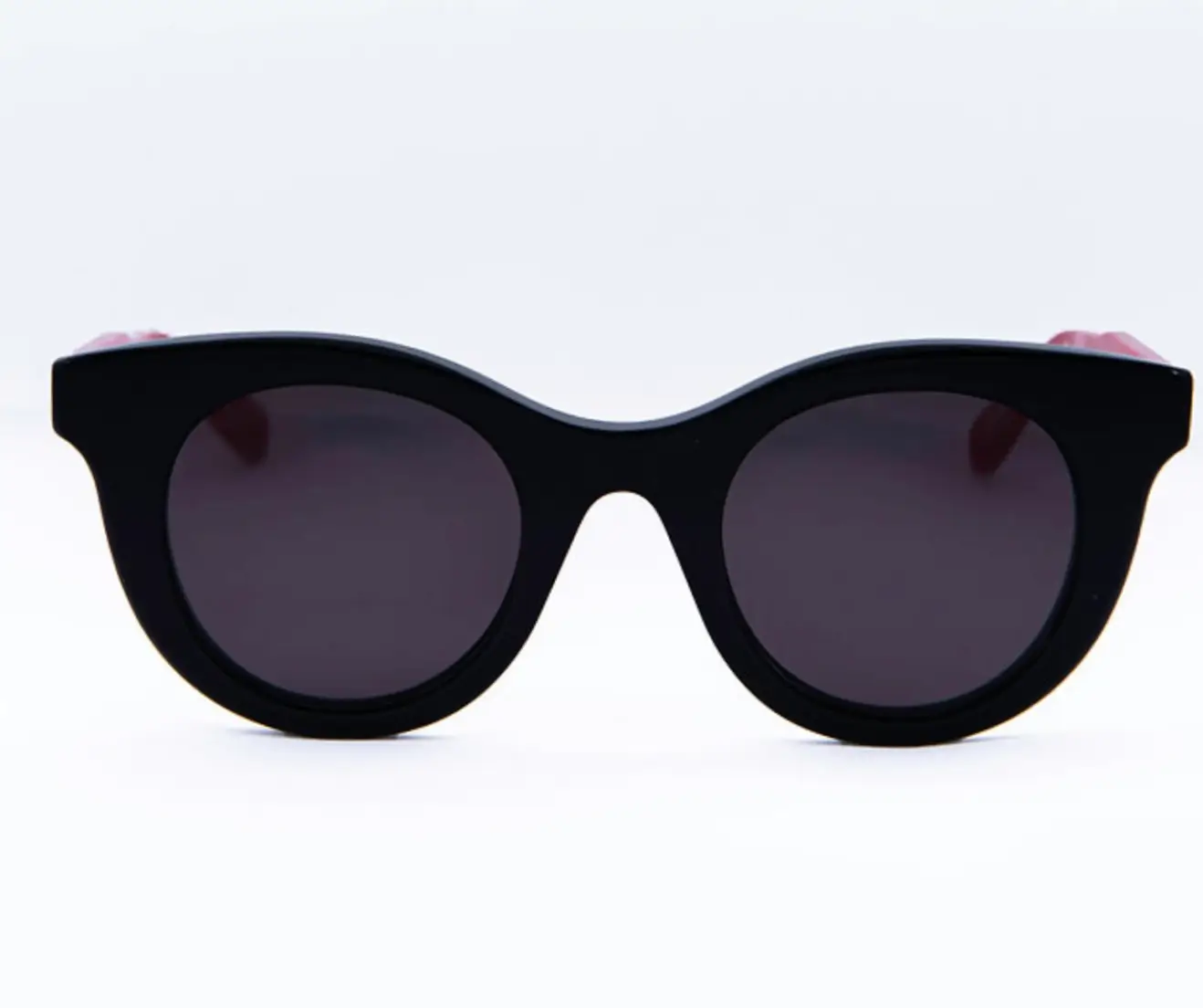Rolls-Royce lives in a world of cathedral-like calm. For more than a century, the marque has built cars that whisper rather than shout, glide rather than roar, and stand so far above the cultural noise that they seem almost immune to trends. Yet there are rare and electrifying moments when the most soft-spoken luxury brand in the world decides to stray outside the lines. This time, the result is a one-off masterpiece that seems to have stepped out of an arcade cabinet and onto the road: a bespoke Rolls-Royce inspired entirely by the pixelated world of 8-bit games.
It is an audacious collision of worlds. Rolls-Royce and retro gaming could not be more different in tone or intention — one is defined by digital nostalgia, the other by old-world craftsmanship. Yet this creation proves that luxury evolves by absorbing, translating, and elevating culture, not by resisting it. The 8-bit Rolls-Royce is not parody or gimmick; it is a sincere, opulent tribute to the early digital age, rendered through techniques so refined that they border on the surreal.
With this commission, the marque turns childhood memory into material prestige. It transforms pixels into poetry.
grad
The rise of nostalgia-driven design across fashion, art, and technology has sparked a renaissance of interest in the visual languages of retro gaming. In an era where high-definition imagery is the norm, the rigid geometry of 8-bit graphics feels strangely comforting, even profound. Pixel art requires abstraction and imagination. It sits at the intersection of memory and invention, inviting viewers to fill in what the low-resolution world leaves out.
For the designers inside the Rolls-Royce Bespoke Collective, this spark of digital memory became the foundation for a new design philosophy. They saw in 8-bit graphics what many overlook: a minimalist purity, a rhythmic logic, a modular elegance that echoes certain principles of handcrafted luxury. But more importantly, they saw culture — shared childhoods, universal touchpoints, the golden age of arcade cabinets and handheld consoles.
Rather than turn the car into a literal canvas of retro characters and bright icons, the team focused on the emotion of the era. They studied the color palettes of CRT screens, the soft flicker of early pixels, the pastel gradients of early skyboxes, the way older games adopted simple geometry to imply scale. Then they asked: what would happen if the world of early gaming was translated not onto a screen, but onto high-gloss paint, rare woods, sculpted metal, and hand-stitched leather?
The answer is the extraordinary one-off before us — a pixel luxury object that feels entirely new.
flow
From the moment the car enters view, it seems to distort reality ever so slightly. The exterior features a bespoke iridescent finish developed specifically for the commission — a color that shifts like a prism between digital blue, avatar lavender, pixel mint, and neon-silver. It glows differently depending on motion and light, giving the uncanny impression that the car is shifting through graphical modes. Under direct sun, the surface gleams like a futuristic render; under overcast skies, it flattens into something that feels oddly two-dimensional.
The most striking detail is the “pixel storm” motif cascading along the sides. At first glance it resembles a stylized gradient. Up close, each block is its own perfectly painted square, hand-laid in micro-layers that give subtle depth to what should look flat. It mimics the pixel breakup of high-speed movement in low-resolution games — a visual language of glitch, speed, and digital transition.
Even the Spirit of Ecstasy — traditionally an emblem of fluid sculptural grace — is subtly reengineered for this commission. Instead of pure smoothness, it is faceted like voxel art, refracting light in geometric shards. It is still elegant, still unquestionably Rolls-Royce, yet mischievously modern.
The wheels reinforce this energy. They feature pixel-inspired shapes that remain motionless at the hub while the car moves, creating an optical illusion reminiscent of looping arcade animations. Even at a standstill, the car seems to hum with 8-bit life.
This car is not merely painted; it is programmed.
show
The interior reveals the full force of Rolls-Royce’s artisanry. Where most luxury cabins aim for tranquility, this one harnesses atmosphere. It is playful but not whimsical, nostalgic but not childish. The designers describe it as “8-bit reinterpreted through the hands of master craftspeople,” and that is exactly how it feels.
The dashboard fascia is a pixelated skyline — not a printed graphic, but a hand-painted mural composed of thousands of micro-squares arranged into a glowing horizon. The effect is mesmerizing: a city that looks like it belongs in an early RPG, yet rendered in materials fit for a royal suite. Ambient lighting behind the fascia animates subtle color transitions, mimicking the slow fade of day into night that older games often simulated through palette shifts.
The seats are upholstered in a pixel-gradient leather finish that transitions across block-like fields of color. Rolls-Royce had to invent new dyeing and stitching techniques to achieve the precision required for such a geometric design. The result is unlike anything else in the world of luxury interiors: soft, supple hides arranged to resemble digital tessellation.
Above, the familiar Starlight Headliner becomes a pixel starfield. Rather than random twinkles, the LEDs blink in looping rhythms, reminiscent of old loading screens or idle animations in classic games. The effect is soothing, hypnotic, and strangely emotional. It blurs the line between car and console.
The rear of the cabin features pixel-marquetry made from multiple veneers, each laser-cut with such precision that the squares align with millimetric perfection. It is an astonishing fusion of digital imagery and analog craftsmanship — as though an 8-bit river flows across the entire interior.
The cabin becomes a playfield both literal and metaphorical. It is a space of imagination, a tribute to simpler visual languages rendered through the highest possible craftsmanship.
idea
The very existence of this car raises a larger question about the shifting relationship between luxury and play. Luxury has historically positioned itself as serious, ceremonial, timeless. Playfulness was considered unserious — the realm of toys and trends. But the cultural landscape has shifted dramatically.
Millennials and Gen Z, the fastest-growing demographic in ultra-luxury markets, grew up during the digital revolution. Their aesthetic sensibilities were shaped by games, cartoons, graphic interfaces, and the internet. Nostalgia is not a side interest for them. It is an emotional anchor. And through nostalgia, brands gain the ability to communicate across not just generations but cultures.
Rolls-Royce has always responded to the desires and stories of its clients. But the 8-bit commission marks the first time the marque directly taps into the visual memory of the digital age. It acknowledges that childhood nostalgia — once dismissed — has become a legitimate form of cultural capital.
It also shows that play does not cheapen luxury. When executed with the utmost craftsmanship, play becomes profound. Rolls-Royce is proving that joy, whimsy, and memory can coexist with opulence.
That coexistence may define the future of the brand.
culture
One of the most interesting aspects of the commission is that it operates as a cultural time machine. Rolls-Royce has long used bespoke design to tell personal stories. Clients have commissioned cars inspired by family histories, national heritage, fine art, exotic landscapes, or architectural masterpieces.
But the 8-bit Rolls-Royce draws not from individual memory but from shared memory. It uses the universal nostalgia of gaming — coin slots, glowing screens, glitchy animations, endless try-again loops — as its emotional foundation. In doing so, it becomes a collective artifact, a piece of material culture that speaks to anyone who ever blew on a cartridge or fed a machine just to chase a high score.
Rolls-Royce’s designers refer to the commission as “a meditation on technological memory.” This phrase captures the essence of the project. Pixels are not merely visual devices; they are symbols of an era when technology felt magical, when immersion required imagination, and when digital spaces were small but meaningful.
By turning that symbolism into physical luxury, Rolls-Royce performs a kind of aesthetic alchemy. It pulls the past through the lens of craft, elevating something humble into something majestic.
In that way, the 8-bit Rolls-Royce becomes more than a car. It becomes a story told in material form.
why
At first glance, this one-off might seem like a playful indulgence — a creative detour from a brand known for austerity. But the deeper significance is unmistakable.
This car represents a shift in what luxury means today. Luxury is no longer solely about materials, rarity, or status. It is about narrative — the ability to express identity, emotion, and memory through design.
The 8-bit era shaped global culture more profoundly than many realize. It introduced digital interactivity to the mainstream. It taught an entire generation how to navigate virtual worlds. It inspired the logic of modern user interfaces. It democratized imagination.
By honoring that era, Rolls-Royce acknowledges that digital memory has cultural weight equal to classic art, classical music, or architecture. It validates a generation whose formative moments were digital rather than analog.
It also signals that Rolls-Royce is willing to evolve — not reluctantly, but creatively. The marque is not stuck in tradition; it is expanding tradition. And that expansion is not gimmick; it is growth.
fwd
If Rolls-Royce can make a car inspired by 8-bit graphics feel elevated and elegant, what other cultural worlds might the brand explore next?
Could there be commissions inspired by old sci-fi films, glitch art, anime cel shading, vaporwave gradients, early web aesthetics, or even virtual-world architecture? The possibilities are expansive — especially as Rolls-Royce continues to engage younger collectors who see luxury as an extension of creativity rather than restraint.
The 8-bit car is not an endpoint. It is an opening. It proves that the Bespoke Collective can turn any conceptual universe into a physical object of extraordinary refinement. It invites future clients to dream bigger, stranger, more personally.
The future of luxury may very well be hybrid — a blend of futuristic minimalism, retro nostalgia, high craft, and personal mythology. Rolls-Royce is showing that it is ready for that future.
impression
In the end, the 8-bit Rolls-Royce is a celebration — of imagination, of memory, of the strange symbiosis between digital childhoods and adult craftsmanship. It transforms pixel art into a couture-level automotive statement. It bridges decades of technological evolution. It reminds us that even the most traditional brands can be bold without losing their soul.
The world might be obsessed with ultra-high fidelity, but this car proves that a single pixel — carefully placed, thoughtfully interpreted — can be infinitely luxurious.
Rolls-Royce has not simply blasted off into 8-bit. It has elevated it.
No comments yet.













